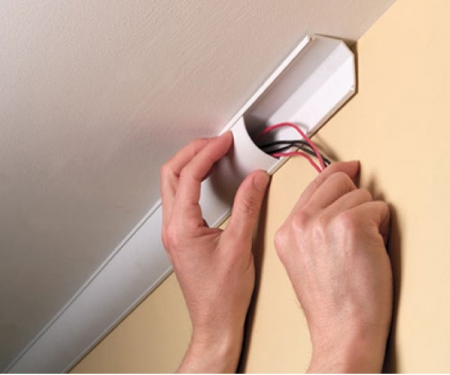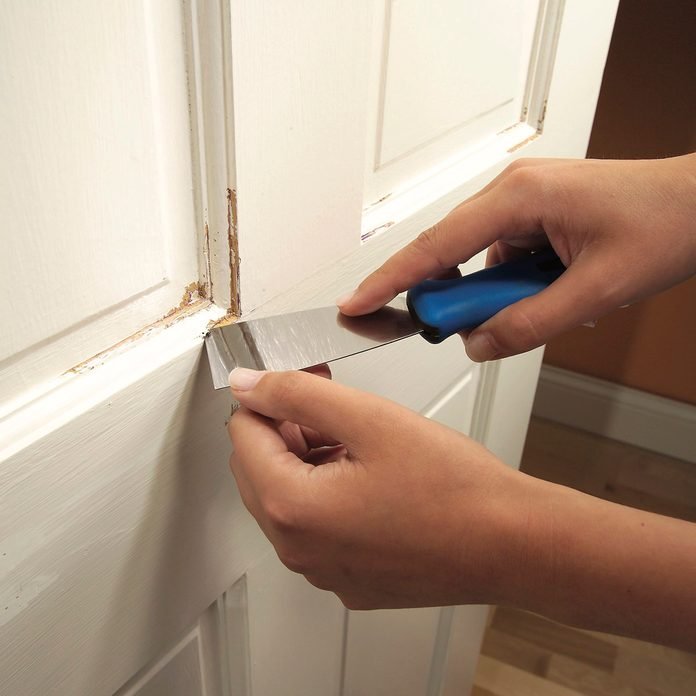Ten Important Financial Terms for Home Buyers

While meeting with a lender to discuss the purchase of a new home, you may hear and read words you are not familiar with. Knowing these financial terms and acronyms will make that meeting go more smoothly. Here are some common financial terms that will come up during your mortgage transaction:
- Adjustable-Rate Mortgage (ARM): a type of mortgage in which the interest rate applied to the outstanding balance varies throughout the life of the loan. A fixed rate may be applied for the initial loan period, but after that, the rate will fluctuate. Sometimes called a Variable Rate Mortgage.
- Annual Percentage Rate (APR): the yearly rate of interest that an individual must pay on a loan.
- Closing Costs: fees and expenses paid at closing, beyond the down payment; costs can run 3 to 5 percent of the loan amount and may include title insurance, attorney fees, appraisals, taxes, and more.
- Debt-to-Income Ratio: the borrower’s monthly debt payments divided by their gross monthly income; the number is one way lenders measure the borrower’s ability to manage monthly payments of the loan they receive.
- Earnest money deposit (EMD): deposit made after buyers make an offer on a property; sometimes referred to as a good faith deposit; held in escrow until closing.
- Escrow: an arrangement in which a third party distributes the money paid during the property-buying transaction.
- Fixed-Rate Mortgage (FRM): a type of loan in which the interest rate on the mortgage is fixed; the rate will not change during the term of the mortgage.
- Loan Estimate: tells important details about the mortgage loan requested; compare and choose the loan that's right for your budget by getting a loan estimate from more than one lender.
- Pre-Approved: when the home buyer is approved by a lender for a specific loan amount after the buyer provides documented financial information to be reviewed and verified by the lender.
- Pre-Qualified: an estimate of how much the home buyer can borrow based on a review of financial information; not a guarantee of being approved.
Do not go into the lending process without some knowledge under your hat! Going into what is probably your largest investment without knowing anything about it may end up in disappointment and having to wait longer to buy your new home. The Consumer Financial Protection Bureau offers many other terms not listed here and is a great resource for learning more.
Courtesy of New Castle County DE Realtors Tucker Robbins and Carol Arnott Robbins.
Photo credit: investadisor








